Galeries Royales Saint-Hubert
Royal Galleries Saint-Hubert
© Detroit Photographic Company
BEL
near Brussels
Fetching images...
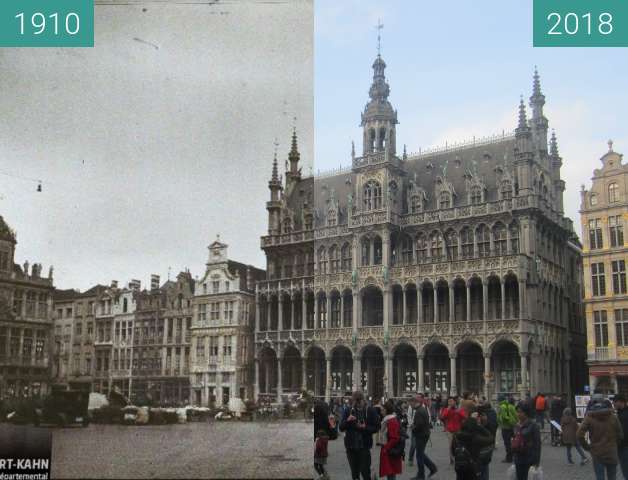

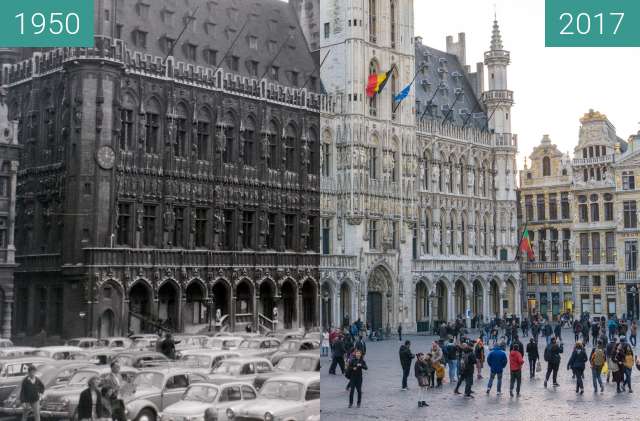
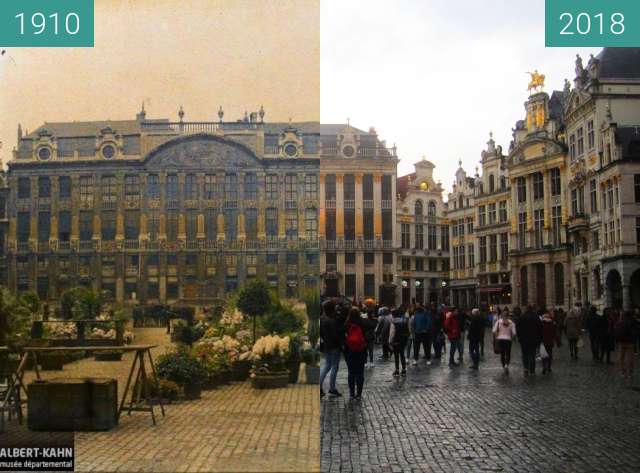


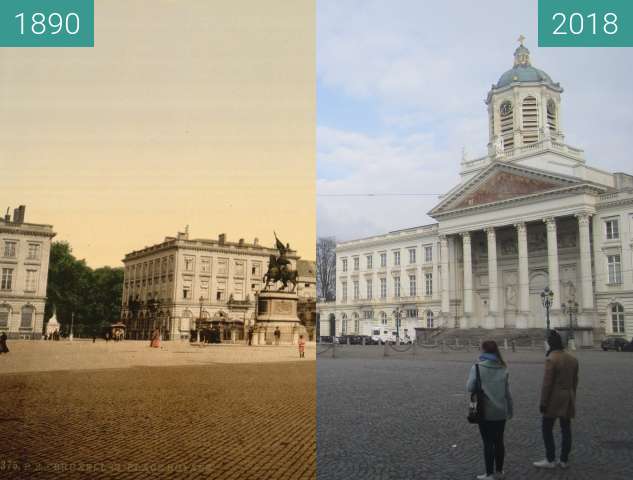
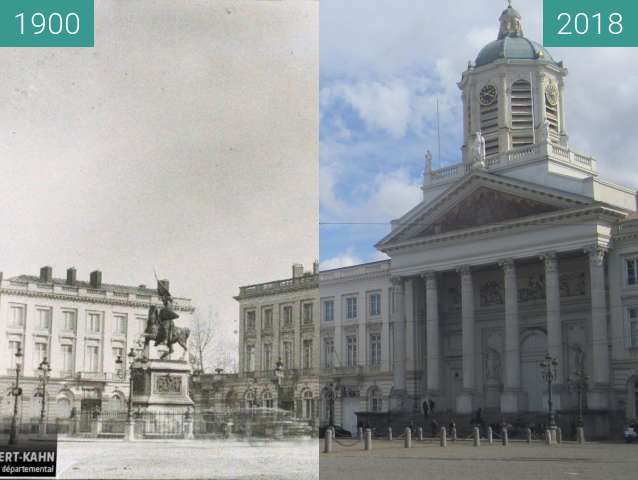
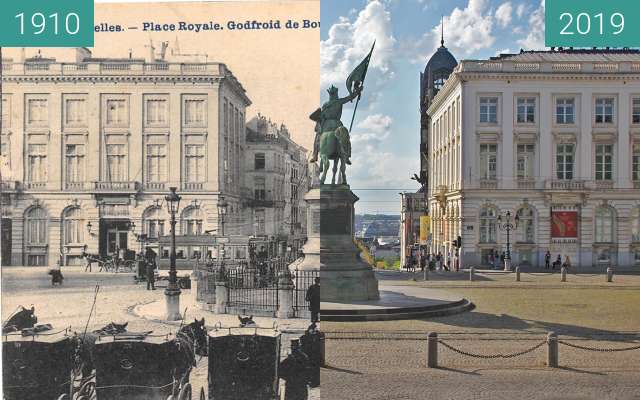
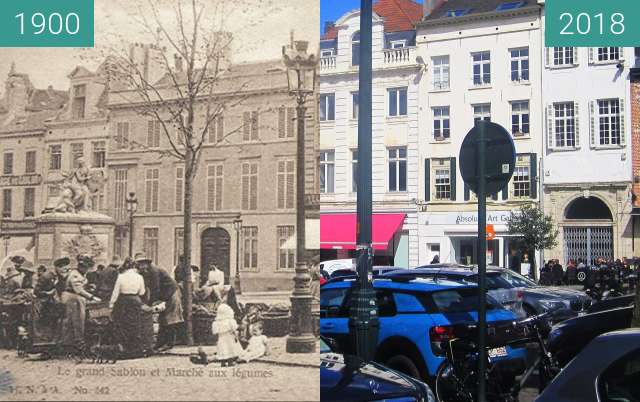
The Galeries Royales Saint-Hubert is a shopping mall in the center of Brussels. It was designed by the Dutch architect Jean-Pierre Cluysenaar (1811-80) and opened in 1847 under the rule of King Leopold I on the occasion of the independence celebration of Belgium.
The 213 meter long arcade consists of two parts, the Royal Gallery and the Queen's Gallery, which are separated by a collonade. In the passage, pilasters separate the shop windows of individual shops. The building with its slightly curved glass roof in a cast-iron frame represents a mixture of Italian Renaissance architecture and more recent technology of the 19th century.
Originally, the shopping arcade also served to replace the narrow-built and poorly lit inner-city section of Brussels between the Grasmarkt (Marché aux Herbes) and the Kruidtuinberg (Montagne aux Herbes Potagères) by a street, thus making the area more attractive to people of higher society. Right from the start, numerous luxury shops moved here, giving Brussels the flair of a European metropolis. In its well-lit interior, it was also possible sit in street cafes despite Brussels' rainy sea climate. On March 1, 1896, the Lumière brothers here showed their first films.
Shopping centers like these became increasingly popular with the Industrial Revolution, and the Galeries Royales Saint-Hubert were influential for later shopping streets in Europe.
Still today, the galleries are a popular place for strolling; fashion boutiques, famous leather goods retailers, Belgian and international stylists and designers, Belgian chocolatiers, luxury restaurants, a theater and a cinema are located here.